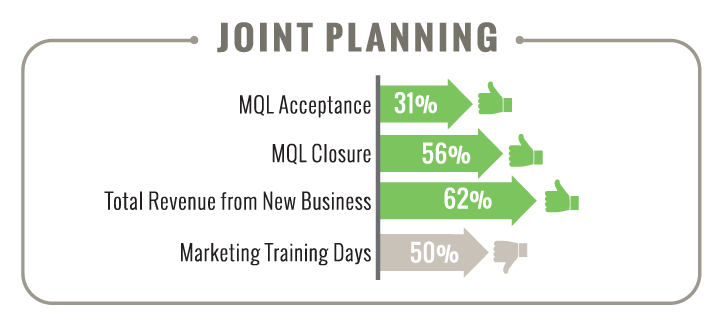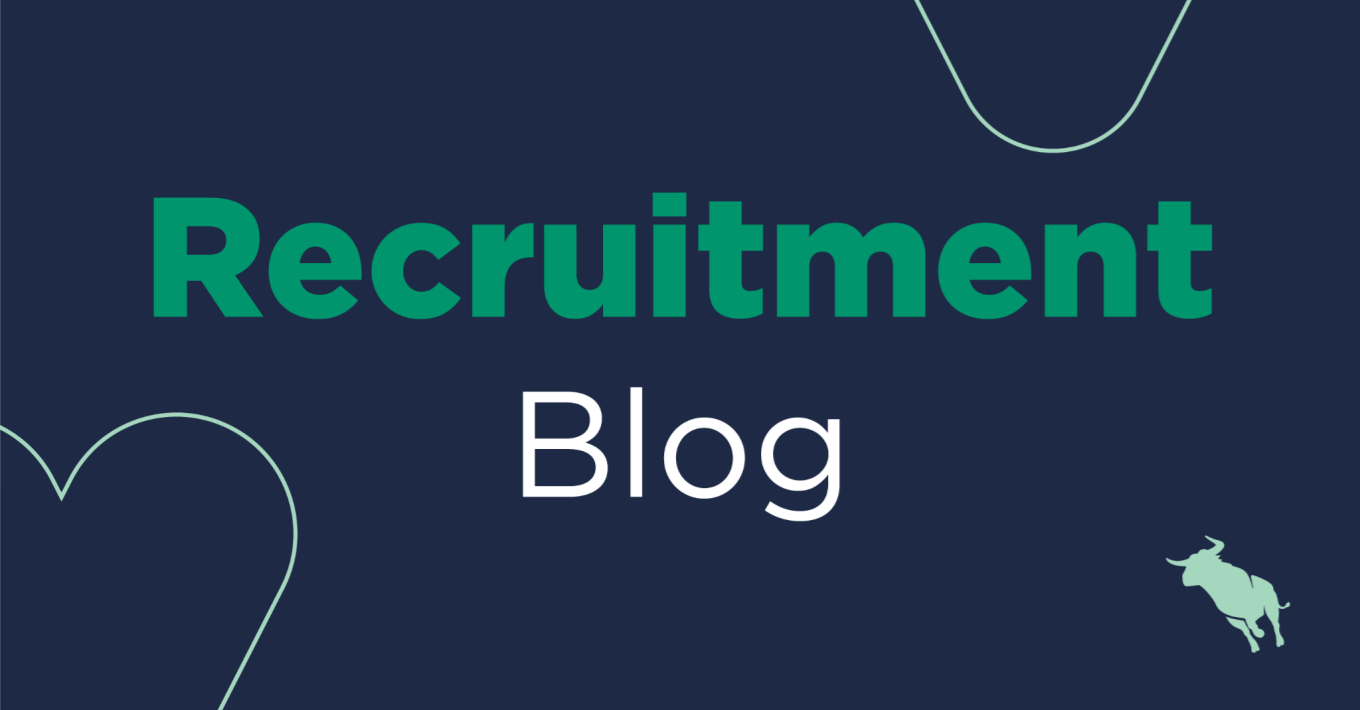Sales and Marketing Alignment and the Role of Automation

I’d like to save an hour every day for every salesperson on your team. Okay, maybe that’s a stretch. Maybe I’d like to save them an hour every other day. That’s a couple of additional prospect meetings every week. Let me see if I can build a case for a small change that would deliver just that.
Automation is a key part of this case. Here’s why: we can agree that salespeople hate mundane tasks, so removing anything mundane is a good start. For sure, mundane tasks in the office are worth removing or reducing, but salespeople aren’t always doing mundane tasks in the office. Whatever our changes are, they need to follow salespeople wherever they go, which is often on mobile and often on email. I’m not a Bullhorn person, but let me slip in an “attaboy” here: I believe Bullhorn has done a great job of making its CRM software fit with the salesperson rather than trying to get the salesperson to fit with the CRM.
But great automation of a poor process will just help your sales team do the wrong things faster or with less effort, so we’d probably do well to define what good sales force automation looks like. Actually, let me change that. Unless you’re in the “dial for dollars” business, we really need automation to support the salesperson’s processes, not replace them. So we need to define what a good “supported process” looks like.
Let me answer that with a few facts, a shedload of experience, and a checklist.
1. Get the Band Together
For a start, the process should be designed by marketing and sales. Together. Partly because marketing can build tools and content to help sales do its thing, but mostly because marketing will play a key role in conditioning the market and creating at least some of the leads that sales will work with. The process has to be seamless and end-to-end.
In the report into the state of alignment that MathMarketing published in 2014, we found a handful of key measures that typically fall through the floor if you let any single department own planning alone. Closure rates, new business ratios, customer churn, deal size, lead acceptance, lead closure rates, and deal closure rates can all take a dip. Businesses that deliberately get the traditionally warring factions together to design and build new business processes lifted lead acceptance and lead closure rates and saw total revenue from new business soar as a result.

2. Make Your Strategy Buyer-Centric
Your process needs to be all about the buyer. Actually, let’s take a step back. Before we build the process, we need to make the strategy buyer-centric. Instead of making your strategy around what you want to sell and to whom you want to sell it, think about the business problem you are solving. What does a complete solution to that problem look like from the buyer’s perspective (that’s your new solution), and who has that problem most of all (that’s your new market)?
3. Map the Buyer’s Journey
Next, we need to think about the buyer’s journey, not the seller’s. A great assisted process isn’t so much about how exactly you connect with the buyer, but more about the buyer’s destination. Every tactic in the process needs a mandate. For example, “get at least 50% of the buyers who reach stage two in their journey to stage three in less than two weeks.” This means we need to identify the stages in the buyer’s journey.
4. Do the Math
Velocity matters too. How many buyers do you need to get from stage two to three (and all the other stages) every week, month, quarter and year of your plan? Velocity reporting is one of the things you need to get your implementation partner or your in-house people to set up for you for your Bullhorn customer relationship management system implementation.
5. Build a Process That Moves Buyers
Now comes the process, the “how.” What are we going to do to get your buyers (as defined by your buyer-centric strategy) to each of the stages in the buyer’s journey? That’s where we need marketing and sales to come up with their best collection of tactics to get buyers from “hello” to “thank you,” one stage at a time.
6. Set up Sign Posts
How can automation help to perfect this process? Firstly, automation can reinforce the idea that the job of the salesperson is to move buyers. Don’t meet to “touch base,” but to get an advance. Where are your buyers now and where are you trying to bring them? You need to name the stages in your process using buyer stages, not seller stages.
7. Automate What You Can
Automation also helps you to track your velocity. Every time your salespeople update an opportunity in Bullhorn, a history record is created. You need to become excellent at leveraging that history so that you can report on how many buyers your team moved in a given week or month. Bullhorn CRM does a great job of tracking interactions right out of the box. Have you seen what Pulse does with emails? It’s amazing: it automatically records emails in and out, and you get unlimited storage (unlike other CRM systems).
8. Learn How to Read Tea Leaves
Automation also gives you amazing insights, and this is where the dashboards in Bullhorn come into their own. For example, how long does it take you to move buyers through the 4th stage in their buying process for deals you ultimately win versus deals you think you will win but don’t? If you don’t know, then how can you work out which deals to walk away from? Is this the same for every rep and every campaign and every lead source? I’ll bet it isn’t.
Steps for Building a Great Process
So let me distil this to a simple set of steps and offer a few goodies that might help:
- Get marketing, sales, and operations together.
- Turn your strategy inside out – build it from the buyer’s perspective.
- Detail the buyer’s journey.
- Work out the velocity you need to meet quota.
- Design your ideal process (tactics) to move buyers through key stages at the agreed velocity.
- Add recycling tactics to get leaked buyers back into your funnel.
- Modify the stages in Bullhorn to match the buyer’s journey and teach your salespeople what they mean.
- Build velocity reports to measure actual versus planned progression.
- Build lag and leakage reports, and split them by rep/campaign/lead source to gain insights into funnel effectiveness.
- Set monthly analysis and review meetings.
I’ve put a few free goodies together for you that should help you to get your team on board for this journey. You can pick them up at www.mathmarketing.com/bullhorn.
You’ll find:
- The alignment report
- A one-page checklist with 7 tasks for your Bullhorn implementation partner
- The buyer’s journey: a one-page description
- A sample plan and process that you can model your own plan around (or at least use to get the conversation started).
May your funnel be full and always flowing.








